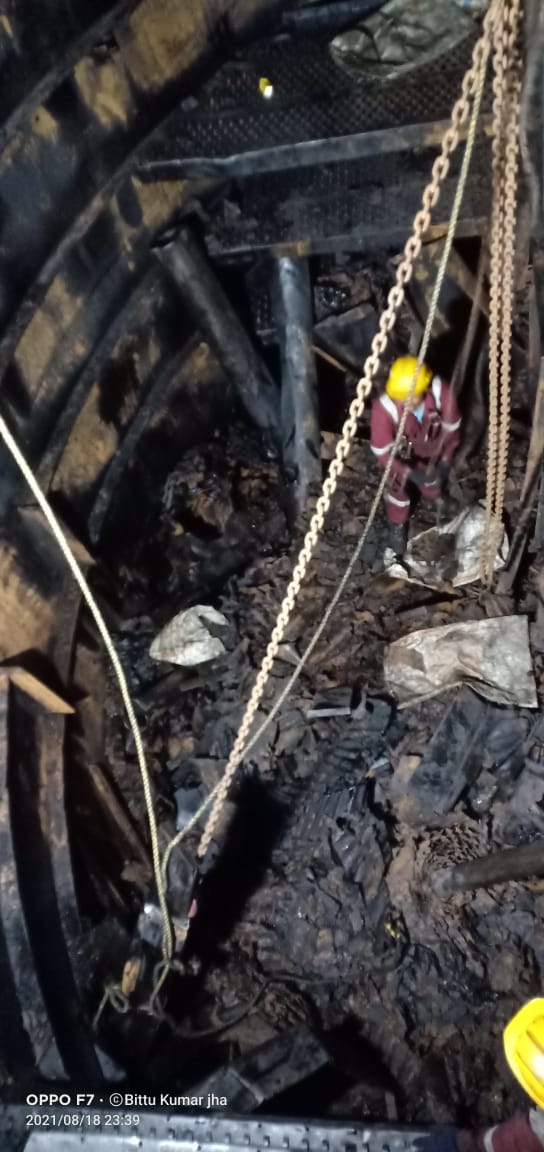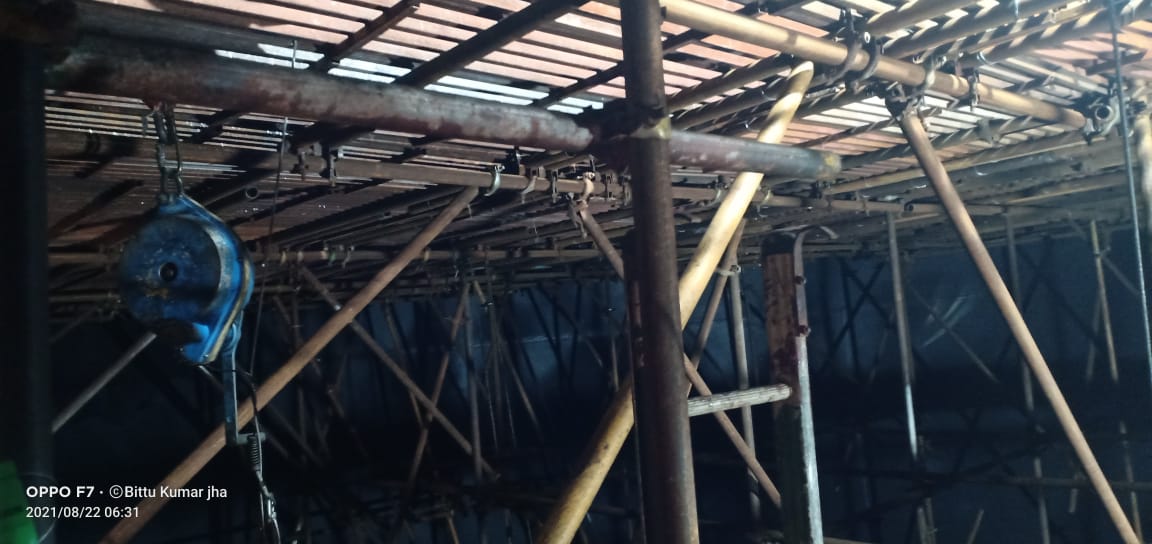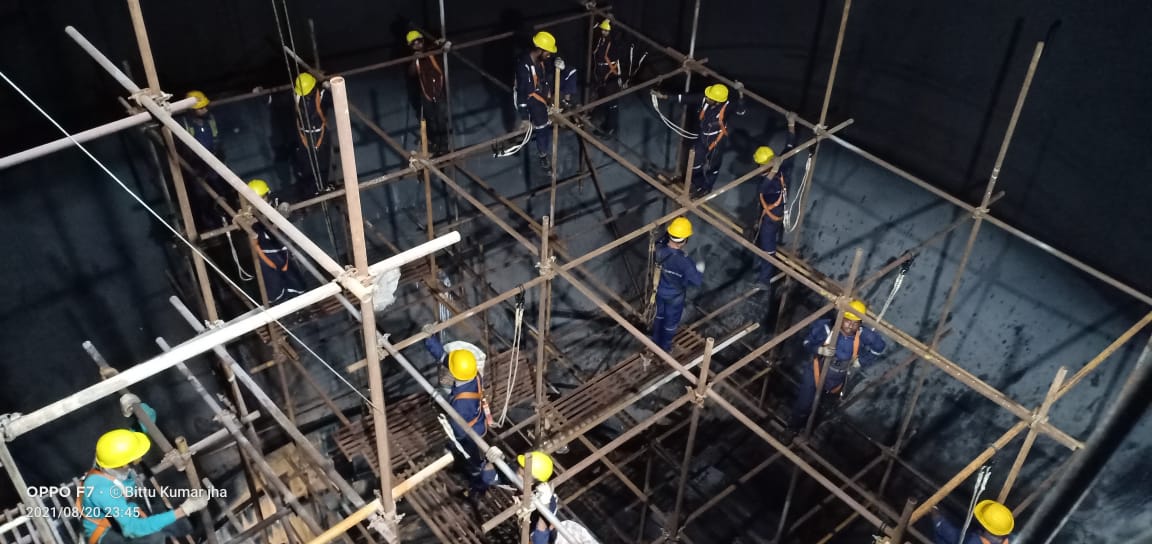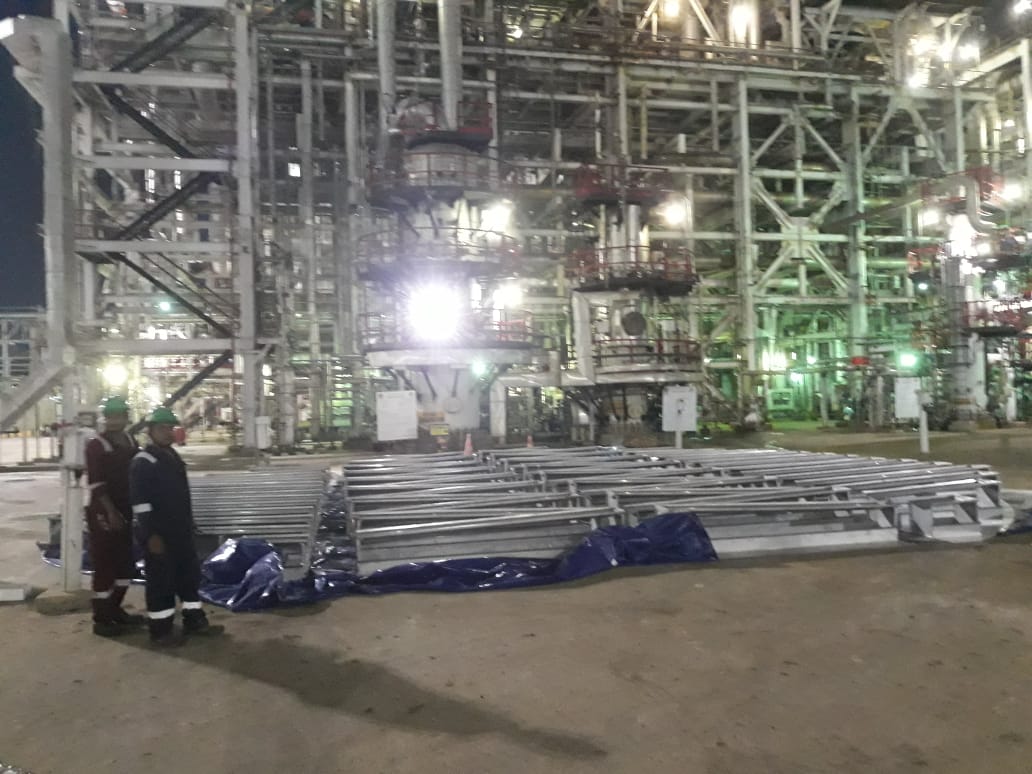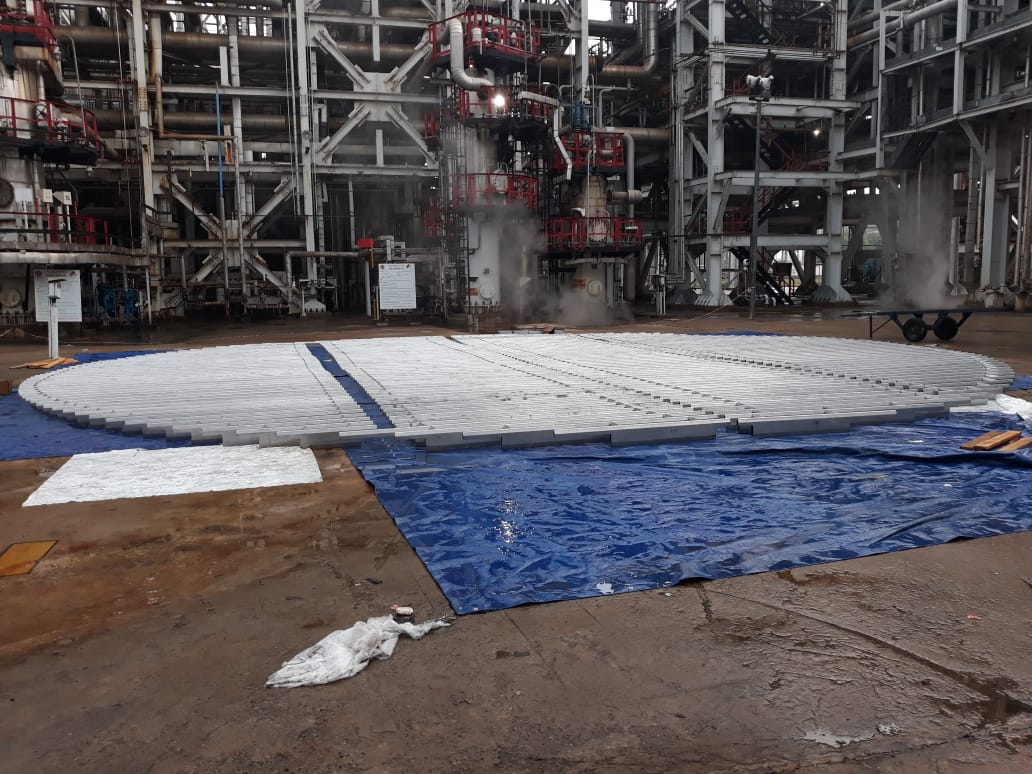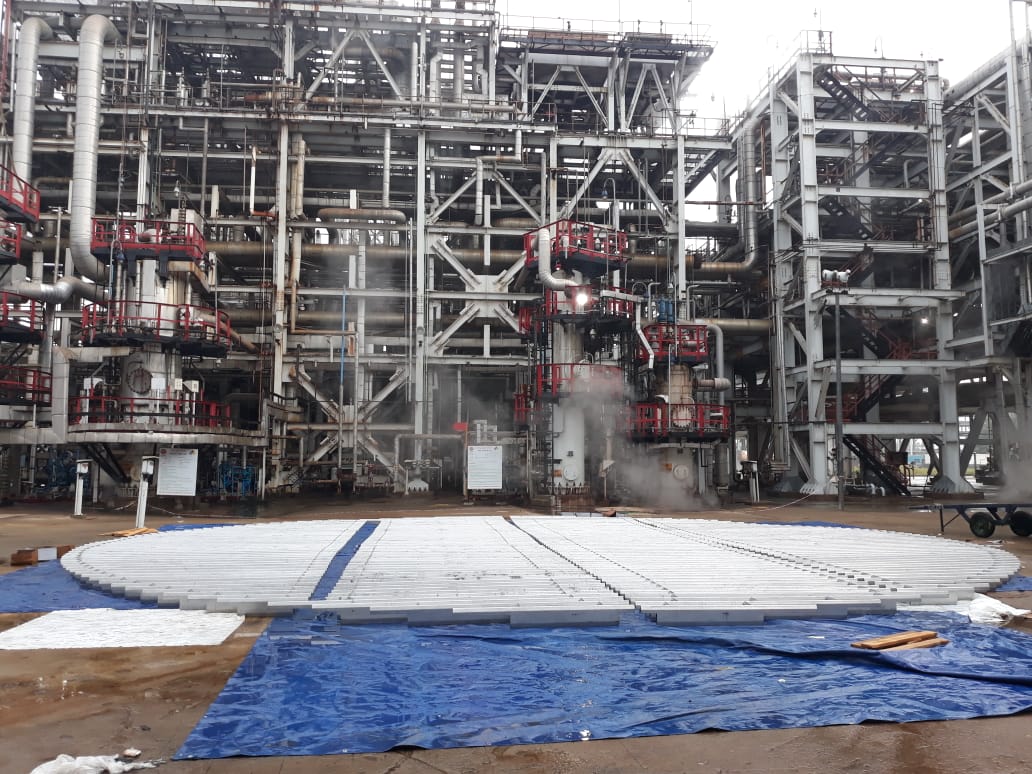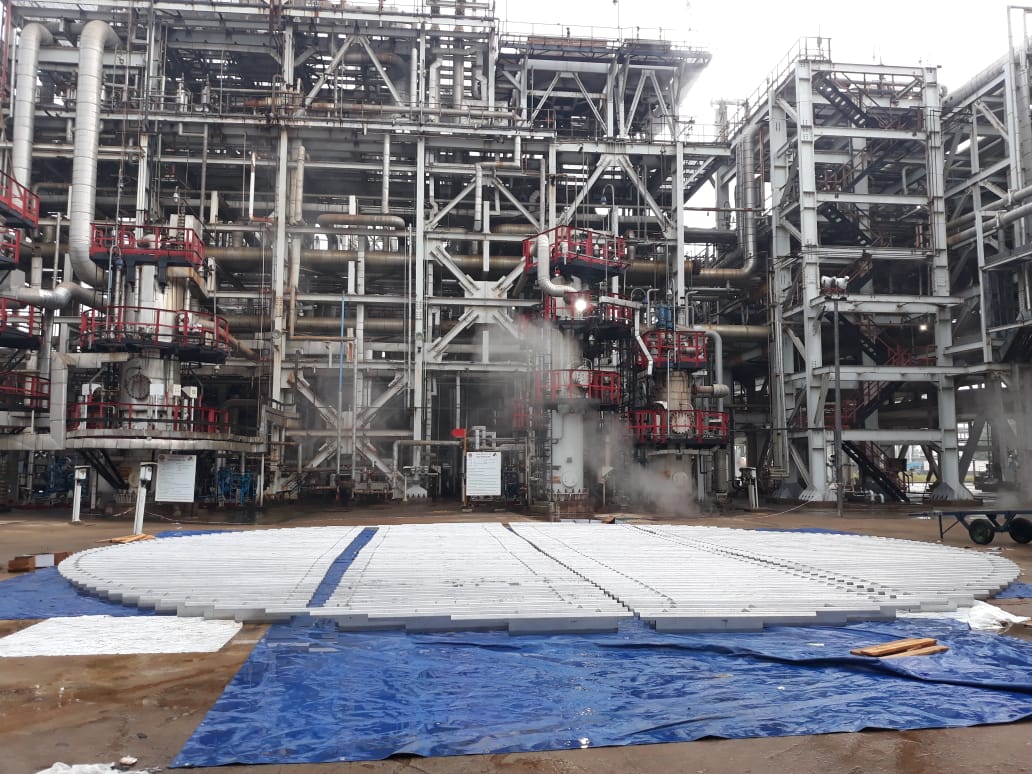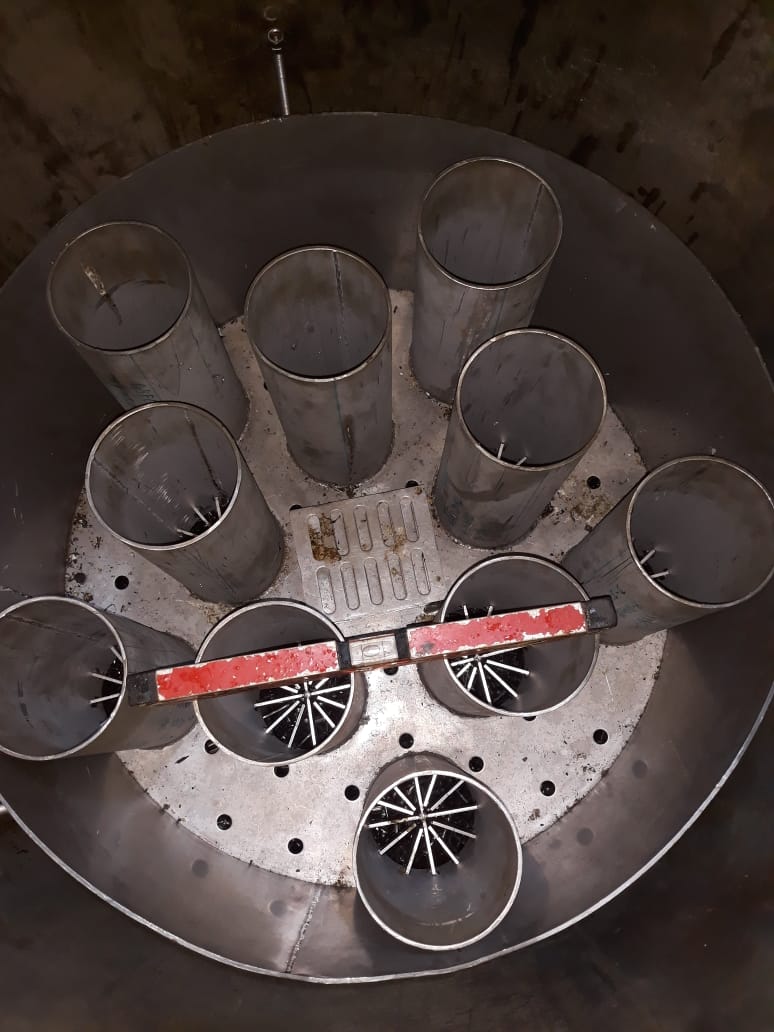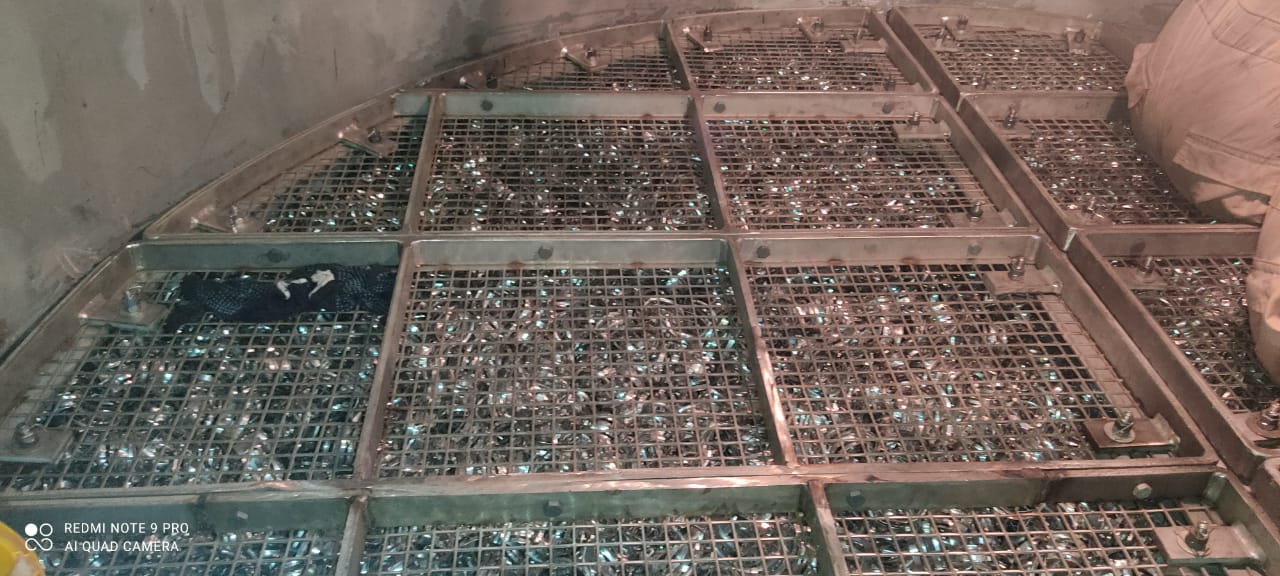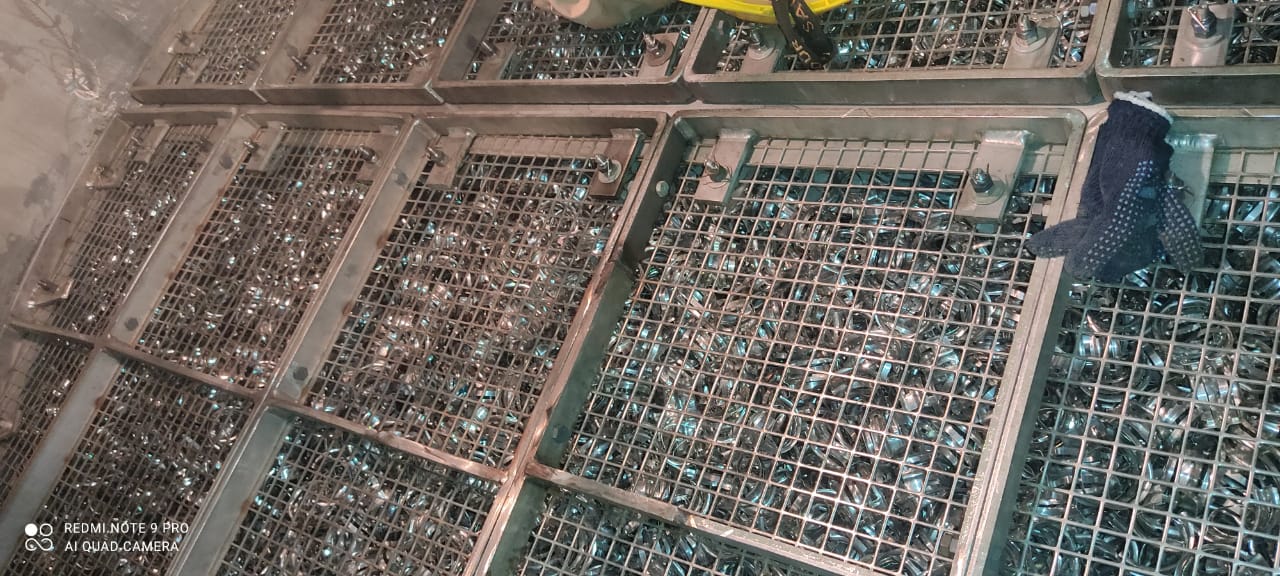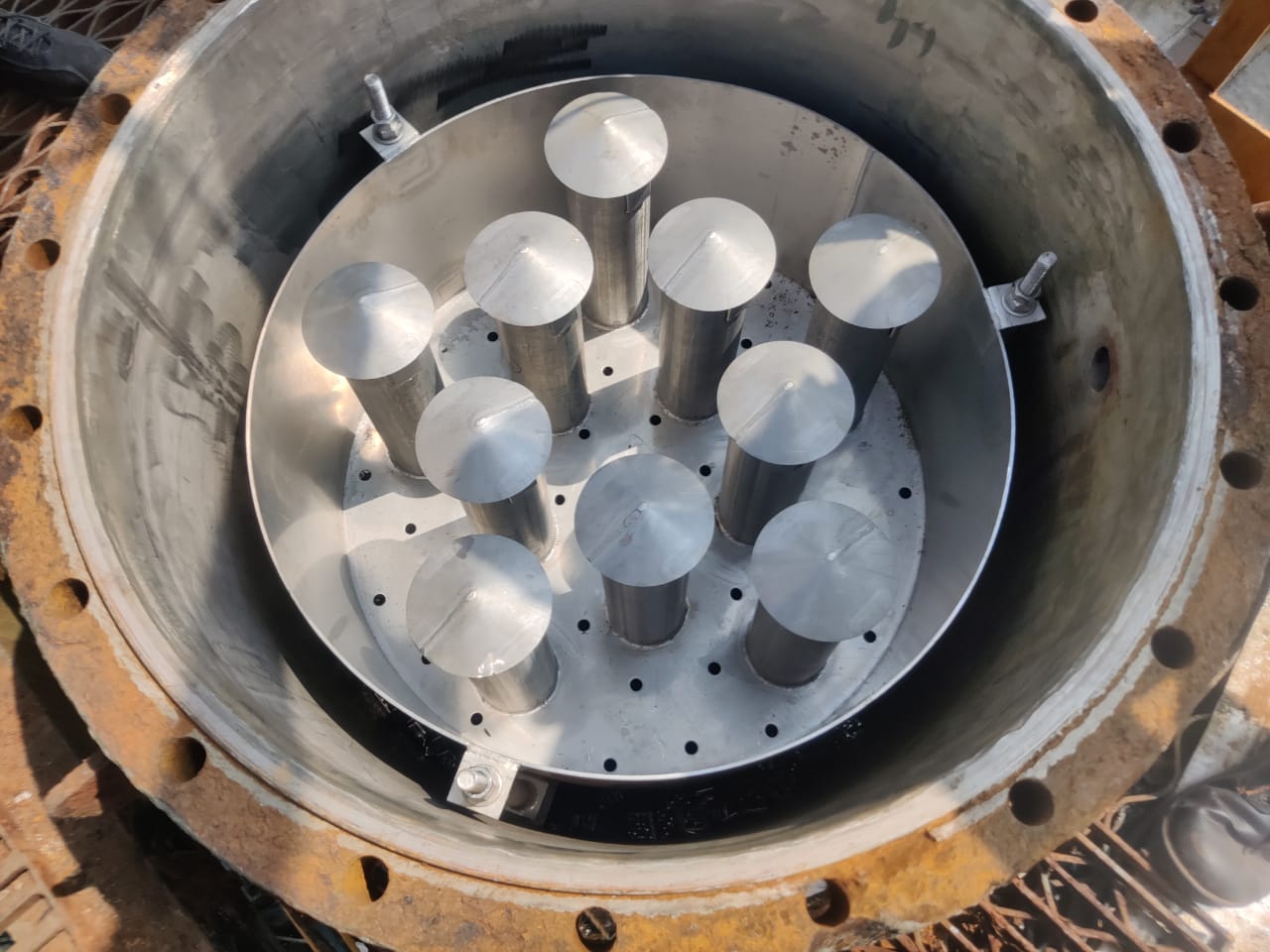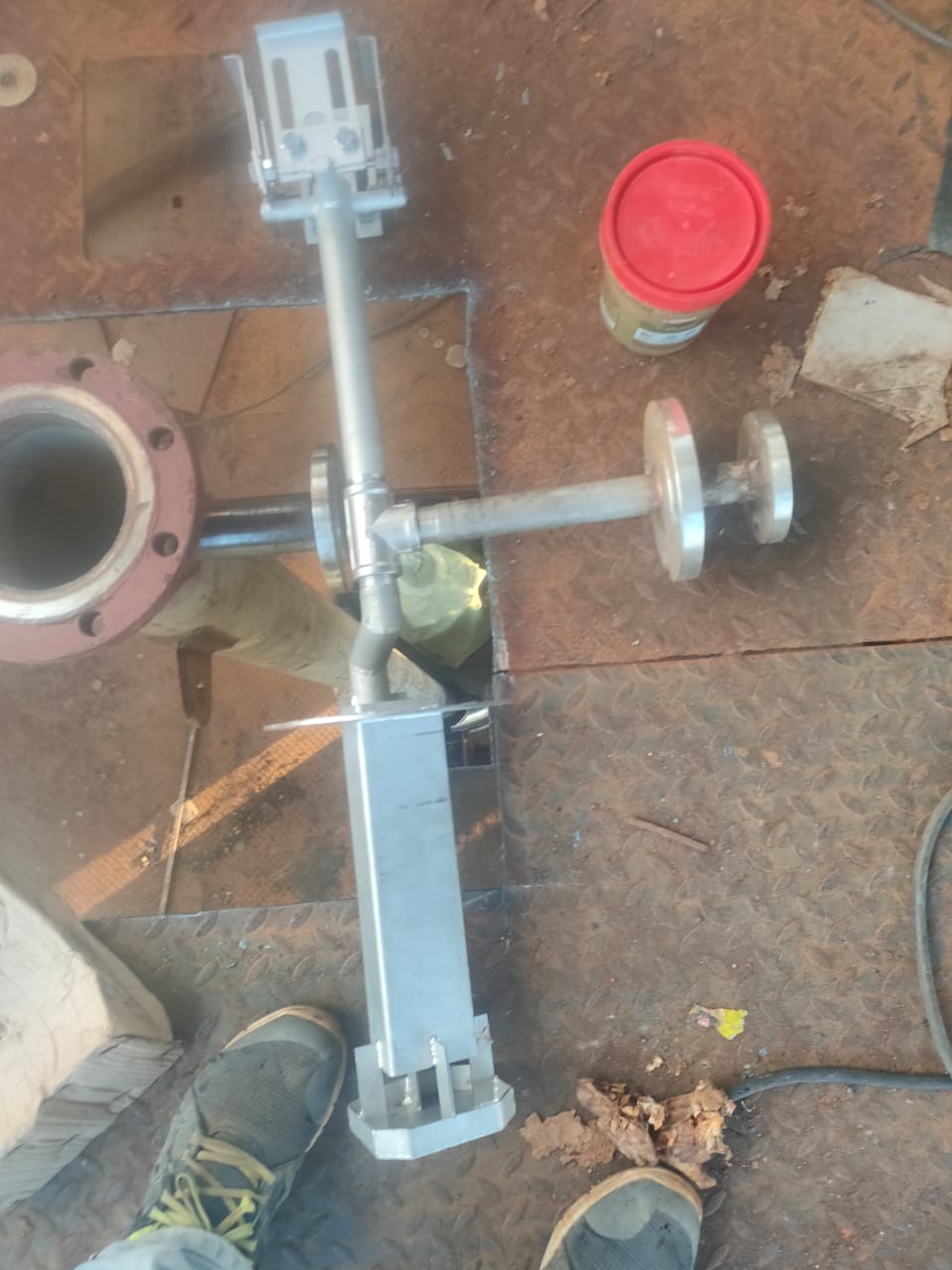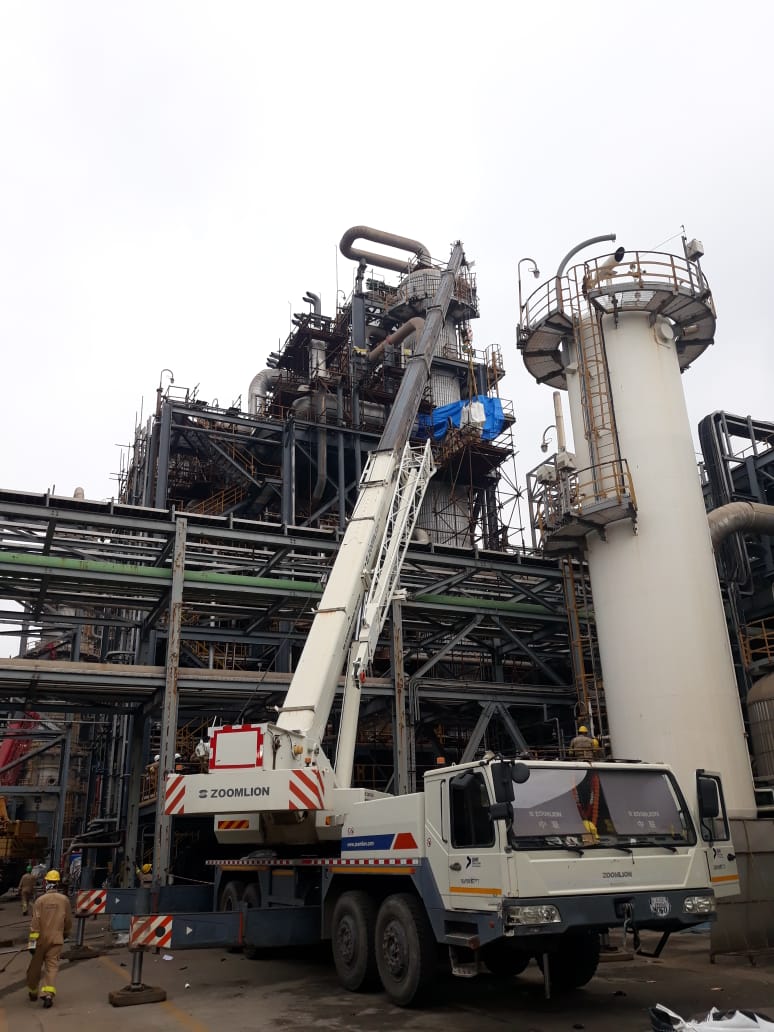Our Services
We provide high standard work for your Company solutions
Maintenance & Inspection of Vessel
Maintenace & Inspection of vessel, heat exchanger, piping etc. Maintenance and inspection of
vessels, heat exchangers, piping, and other process equipment are essential in industrial
facilities to ensure safe and efficient operations. Here are the key aspects of maintenance and
inspection for these types of equipment:
1. Vessels (Pressure Vessels, Tanks, etc.):
Inspection:
Conduct regular visual inspections to check for external corrosion, leaks, and signs of damage.
Perform non-destructive testing (NDT) to examine the vessel's internal integrity.
Check for pressure relief valve and safety system functionality.
Inspect welds, gaskets, and seals for leaks or wear.
Maintenance:
Repair or replace damaged or corroded areas.
Inspect and maintain pressure relief devices, including relief valves and rupture discs.
Perform hydrostatic or pneumatic pressure testing if required.
Keep records of inspections and maintenance activities for regulatory compliance.
2. Heat Exchangers:
Inspection:
Inspect the heat exchanger's tubes, fins, and surfaces for fouling, corrosion, or scaling.
Check for leaks in the tube bundles and the shell.
Use NDT techniques to detect internal issues, such as tube wall thinning or erosion.
Monitor temperature and pressure differentials.
Maintenance:
Clean or descale heat exchanger surfaces as needed.
Replace or repair damaged tubes, gaskets, or other components.
Conduct leak tests and reseal the heat exchanger.
Optimize cleaning schedules and techniques to improve heat transfer efficiency.
3. Piping:
Inspection:
Inspect the external condition of piping for signs of corrosion, leaks, or physical damage.
Use NDT methods to assess the integrity of critical piping components.
Monitor pressure, temperature, and flow rates to detect anomalies.
Check for leaks at flanges, joints, and connections.
Maintenance:
Repair or replace corroded or damaged sections of piping.
Perform maintenance on valves, pumps, and other associated equipment.
Conduct leak tests and reseal connections.
Ensure the correct alignment of piping and supports to prevent stress and vibration-related issues.
4. Other Equipment:
Inspection and Maintenance:
For rotating equipment (e.g., pumps, compressors, agitators), monitor vibration, temperature, and
lubrication systems.
For electrical and control systems, check for wear, proper grounding, and electrical safety.
For instrumentation, calibrate and verify the accuracy of sensors and transmitters.
For insulation systems, inspect for damage or deterioration and repair or replace as needed.
Safety and Compliance:
Prioritize safety throughout maintenance and inspection activities, following industry regulations and
safety standards.
Conduct hazard assessments and implement necessary safeguards.
Ensure all maintenance personnel are trained and equipped with appropriate personal protective equipment
(PPE).
Documentation and Reporting:
Maintain detailed records of inspection findings and maintenance activities.
Ensure compliance with regulatory reporting requirements.
Use maintenance data to optimize maintenance strategies and asset management.
Regular maintenance and inspection of vessels, heat exchangers, piping, and other process equipment are
essential to prevent accidents, maintain equipment efficiency, and extend the lifespan of these assets.
Adhering to a well-structured maintenance program helps ensure the continued safe and reliable operation
of industrial facilities.
